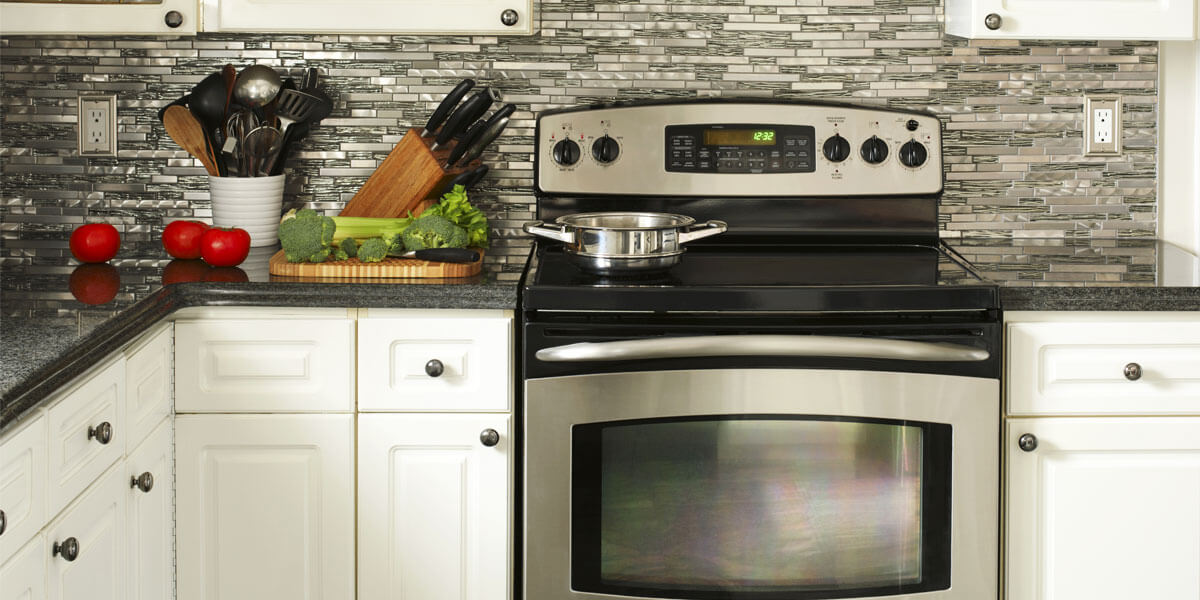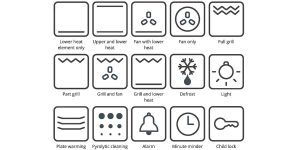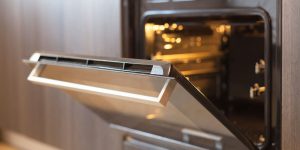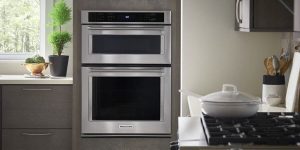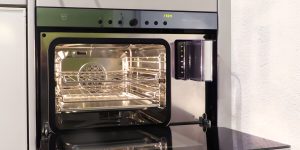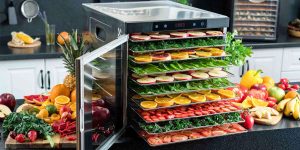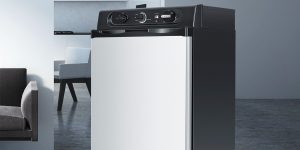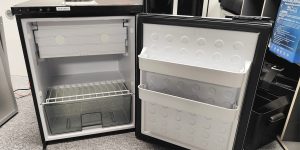Unleashing your culinary potential often begins with understanding the tools of your kitchen. And one of the most pivotal tools is the electric stove. Figuring out how to use an electric stove efficiently can take your cooking from good to great, breathing new life into your favorite recipes. Not only will you be able to manage cooking temperatures with precision, but you’ll also save energy and reduce the risk of potential accidents. This essential knowledge underscores the importance of familiarizing yourself with your kitchen appliances’ operations. It’s not just about flipping switches or turning dials; it’s about ensuring every dish you prepare is a triumph. Get ready to embark on a journey that will enhance your kitchen savvy and elevate your culinary creations!
Types of electric stoves
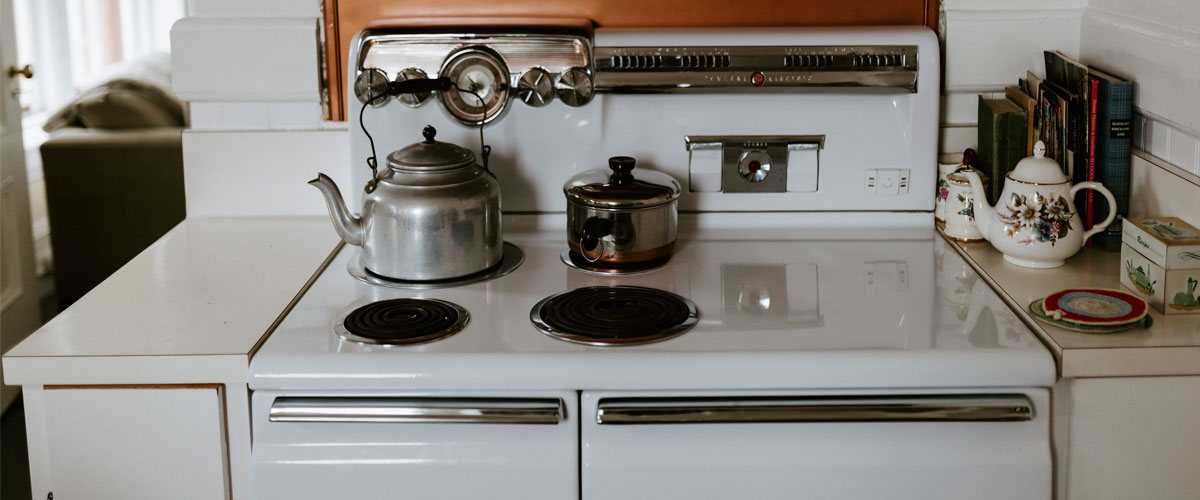
I could claim that the world of cooking is diverse, offering a multitude of techniques and methods to create delightful dishes. This variety extends to the tools we use in our kitchens, including the type of stove. Today, there are 3 main types of electric stoves, which we will discuss in detail in the following table:
| Type of electric stove | Description | How it works | Cooking features |
|---|---|---|---|
| Coil stoves | Coil stoves are the traditional type of electric stoves with exposed heating elements. They are commonly found in older homes or apartments and are known for their durability and inexpensive cost. | The heating elements or ‘coils’ of these stoves are powered by electricity. When turned on, electricity flows through the coil, heating it up and thus your pot or pan. | They heat up quickly and offer steady heat. However, they can be more difficult to clean due to the exposed coil. The heat distribution is not as even as other types. |
| Smooth-top stoves | Such models have a sleek modern design with a smooth glass-ceramic cooking surface. This type hides the heating elements beneath the surface. | Beneath the smooth surface, there are electric heating elements that heat up the glass to the set temperature. The heat is then transferred to the pot or pan. | These stoves are easy to clean and offer better heat distribution compared to coil stoves. However, they can take longer to heat up and cool down and are more susceptible to scratches or damage from fallen objects. |
| Induction stoves | Induction stoves are the newest technology in electric stoves. They offer a high level of efficiency and control. | Induction cooking uses magnetic fields to heat the pot or pan directly rather than heating the cooking surface. The surface stays cool while the cookware gets hot. | These stoves offer excellent temperature control and energy efficiency. They heat up and cool down quickly, and because the surface stays cool, they are safer and easier to clean. However, they require cookware made of a magnetic-based material to work. |
Cooking techniques for different stove types
Navigating through the unique benefits and techniques of cooking with different types of electric stoves can empower you to get the best out of your culinary experience. Here I provide some guidance on how to optimize your cooking based on the type of electric stove you have at your disposal.
- Coil stoves:
- Heat regulation: Coil burners can vary greatly in temperature across their surface, so it’s vital to learn how to regulate the heat. Each stove will have its unique calibration, but typically, ‘high’ is for boiling, ‘medium’ is for general cooking, and ‘low’ is for simmering or maintaining warmth. Get to know your stove and adjust these rough guidelines as necessary.
- Cookware choice: Almost all cookware can be used on coil stoves. However, using flat-bottomed pots and pans ensures even heat distribution.
- Heat retention: These stoves tend to retain heat even after being turned off. Remember to remove the pan from the coil when finished cooking to prevent overcooking.
- Smooth-top stoves:
- Flat-bottomed cookware: With a smooth-top stove, it’s vital to use flat-bottomed cookware to ensure proper heat transfer. Uneven or warped pots and pans can lead to uneven cooking and even potentially damage the stove’s surface.
- Prevent dragging: Avoid dragging pots and pans across the surface of the stove. This can scratch and damage the surface. Instead, lift your cookware when you need to move it.
- Induction stoves:
- Fast heating and precision control: Induction stoves offer fast heating and precise temperature control, which is excellent for recipes that require specific heat levels. This feature also allows for quick adjustments in temperature, aiding in preventing overcooking or burning.
- Induction-compatible cookware: Only cookware made of magnetic-based material, such as cast iron or some stainless steel, can be used on an induction stove. Before buying cookware, make sure it is induction-compatible.
- Safe and easy to clean: Since the stove surface does not get hot, it is safer, and any spills can be wiped up immediately without them getting burnt onto the surface.
Recommended cookware and utensils
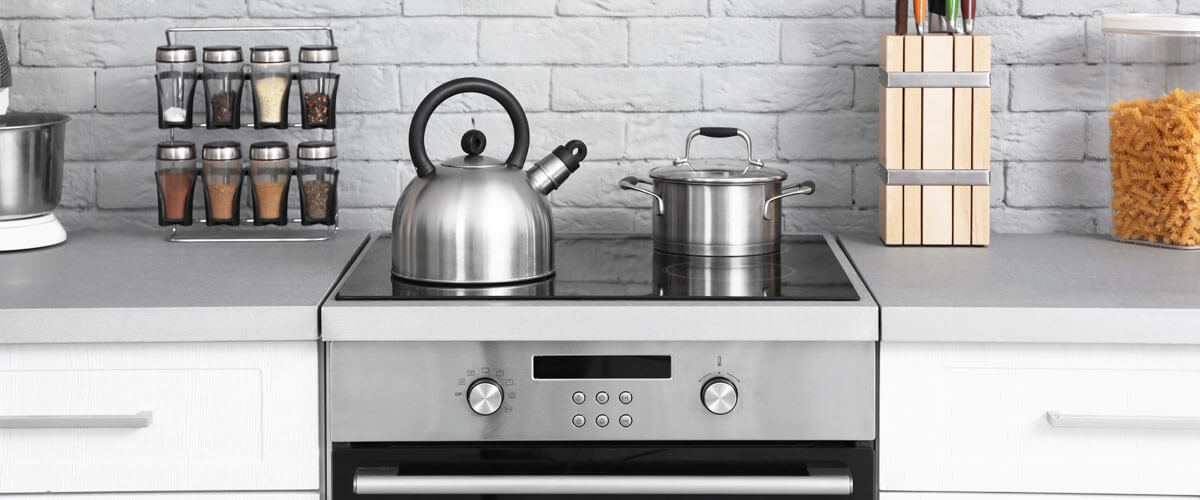
Choosing the right cookware and utensils for your electric stove can greatly enhance the efficiency and ease of your cooking. Here are some recommendations based on the type of stove:
| Type of electric stove | Recommended cookware features | Preferred materials |
|---|---|---|
| Coil stoves | Thick-bottomed for even heat distribution. Flat surface for better contact with the coil. | Stainless steel, cast iron, copper, aluminum |
| Smooth-top stoves | When cooking on a glass-top electric stove, it’s recommended to use cookware with a flat bottom. | Stainless steel, heavyweight aluminum. Cast iron can be used, but with caution to avoid scratching the surface. |
| Induction stoves | Must have a magnetic base to interact with the induction technology. | Certain types of stainless steel and cast iron |
Tips for efficient and safe cooking
Regardless of the type of electric stove you use, I’d recommend you follow some universal tips that can make your cooking more efficient and safer. Here’s a list of suggestions to enhance your culinary experience:
- Preheating: Always preheat your cookware before adding ingredients. A properly heated pan will ensure even cooking and can help prevent sticking, especially when searing or frying.
- Heat regulation: Understanding how electric ovens work can help you to better adjust heat levels during cooking. High heat isn’t always the best option – in fact, most dishes benefit from medium or low heat to ensure even cooking without burning.
- Safety measures: Implementing safety measures can prevent accidents in the kitchen.
- Use kitchen mitts: Electric stoves can get very hot, so always use kitchen mitts when handling pots and pans.
- Turn off burners: Be mindful of stove temperature settings even after you’ve finished cooking. Remember, electric stoves, especially coil and smooth-top stoves, can remain hot for a while after being turned off.
- Keep flammable materials away: Store flammable materials, like oven mitts, wooden utensils, or food packaging, away from the stove to prevent accidental fires.
- Cleaning: Clean your stove regularly. Food particles and grease can build up over time and potentially catch fire. For smooth-top stoves, use a cleaner designed specifically for glass or ceramic surfaces.
Cleaning and maintenance
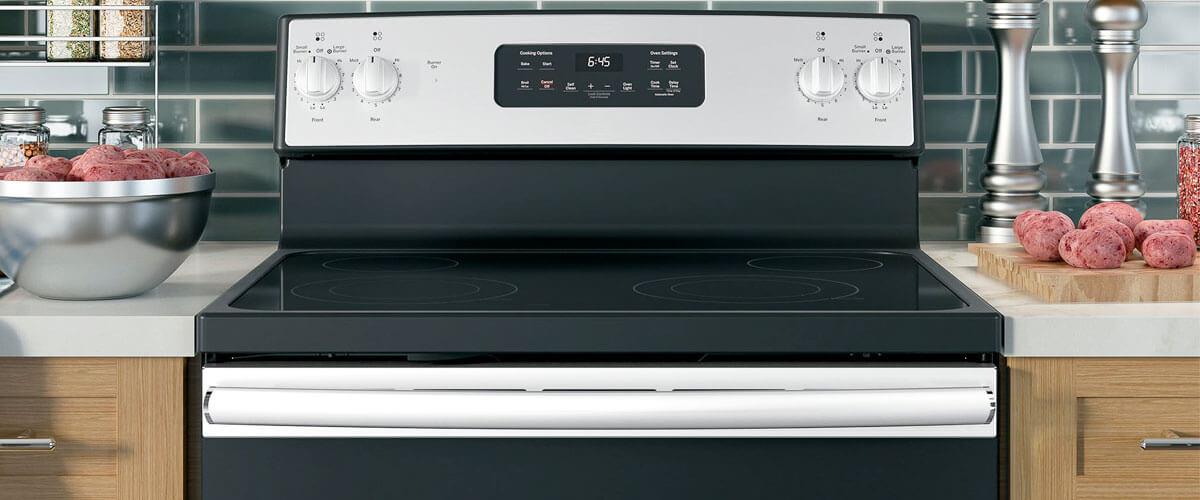
Maintaining the cleanliness and functionality of your electric stove is essential for efficient cooking and prolonging the lifespan of your appliance. Here are some tips for cleaning and maintenance:
- Regular cleaning: Clean your stove after each use to avoid the build-up of food particles and grease. This not only helps prevent potential fire hazards but also maintains the efficiency of your stove.
- Appropriate cleaners: Use cleaners specifically designed for your type of stove. For smooth-top stoves, consider a cleaner made for glass or ceramic surfaces.
- Removing spills: For spills on your electric stove top, wait until the stove has cooled down, then wipe it up with a damp cloth. For hardened spills, use a plastic scraper or a cleaner designed for your stove type to remove the residue.
FAQ
Can I use any type of cookware on an electric stove?
Not all types of cookware are suitable for cooking on an electric stove. For coil and smooth-top stoves, you can use most types of cookware, but pots and pans with flat bottoms are recommended for better heat distribution.
How do I prevent scratches on the smooth-top surface of the stove?
Preventing scratches on a smooth-top stove involves careful handling of your cookware. Avoid dragging pots and pans across the surface – always lift them instead.
Are electric stoves energy-efficient?
Electric stoves can be energy efficient, but the efficiency level depends on the type of stove and how you use it. Induction stoves are generally the most energy-efficient as they directly heat the cookware, reducing heat loss.
